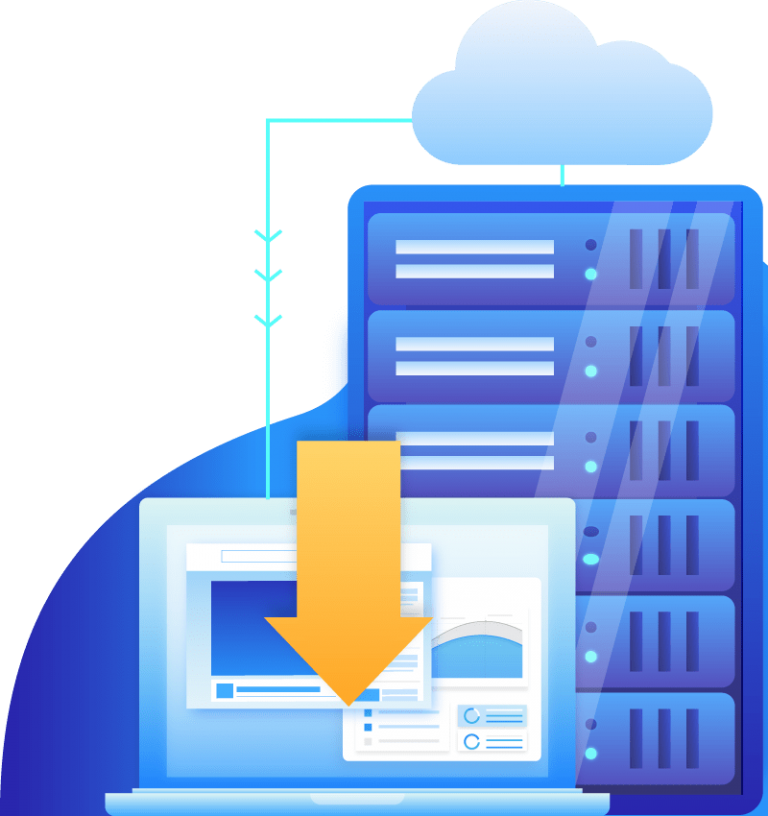

Unlike block storage, object storage is not directly available to the OS. With regard to object-based storage, TCP/IP is being used for transport, while HTTP and REST APIs are used to communicate between storage appliances which represents another key characteristic. According to its role and features, metadata is set by the user and allows for flexible analysis of and retrieval of data in a pool. An object’s metadata plays a crucial role and it can contain extremely detailed information. The objects function as modular units, also called containers or buckets, each acting as independent repositories, complete with metadata defining detail specifics about what’s inside these objects. Object storage stores data in a flat structure, not in a hierarchical tree structure. With object storage, each object is accompanied by metadata as well as a unique ID (instead of file name and path), making the data always retrievable, regardless of where the data is kept on a distributed system. Instead of being separated into files or folders, all data is kept in objects in one big repository that may be spread over numerous physical storage devices. It’s a technology that stores data in the form of objects. Object storage is a type of storage that came on the market more recently than the other storage technologies available. Then again, block storage offers much better performance levels which - in combination with its scalability characteristics - is why so many companies worldwide have adopted it as a way to store their data. It is one of the least intelligent types of storage available in the market, although the performance of file storage can be okay. Or, to set this metaphor aside, you would have to add another system in the data center instead of scaling the capacity on a system. When the cabinet is full, you’ll have to add another cabinet. It actually works in the same way as you would store a piece of paper in a cabinet. In the case of file storage, network attached storage (NAS) tends to be used to store the data.Īn important characteristic of file storage is the hierarchical way it is stored. With file storage, data is stored as a single piece of information inside a folder. File storage is one of the most traditional types of storage, next to tape storage. We won’t go too deep into this though, and this is why. File Storageīesides block storage and object storage, there’s another type of storage that’s relevant to mention here before we dive into the details of object storage and compare it with block-level storage. Server operating systems accessing the data can either be on the same network or on different networks, but they can only connect to the block storage environment through its SAN.

Block storage is generally used for ‘low-level’ data with data volumes that are directly linked to an OS. So, yes, this technology is highly scalable, but it comes with some limitations. Storage area networks (SANs) are used to store the data blocks, while FC (Fibre Channel) or iSCSI (Internet Small Computer System Interface) or AoE (ATA over Ethernet) are being used for transport.īlock storage is known for its performance/speed, its flexibility and reliability, but not for its limitless sacalability and cost-efficiency when scaling up beyond certain levels – something that only starts to come into play when we’re talking about terabytes and beyond. The block storage system can reassemble the blocks of data on-demand when requested. With block storage there is no need to store data in a file structure because each item of data can be identified by the unique address being assigned. The address is the sole way to identify a block, it does not include any metadata.

In the case of block storage, each chunk of data is provided with its own unique address but it is not accompanied by metadata to add any context with additional information about the chunk of data.

Talking about block storage, the data is split down into chunks equal in size and then stored in a system which may be physically dispersed in different environments to maximize the efficiency of the storage solution. The storage of data in blocks, which we call block storage, is a traditional form of storage and the type of storage most frequently being used. Block Storage or Object Storage, a side-by-side comparison Let’s have a closer look at both block storage and object storage including the differences between the two types of technologies, its use cases, and which one is right for you in what situations. When considering a storage solution for your IT infrastructure and making a balanced selection, it’s vital to know the actual distinctions between block storage and object storage as well as the typical applications for which each of these types of storage technologies are being used.


 0 kommentar(er)
0 kommentar(er)
